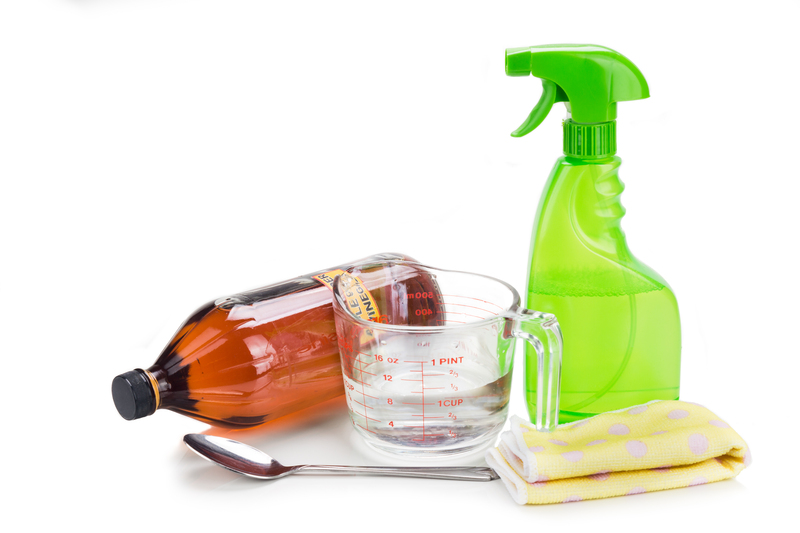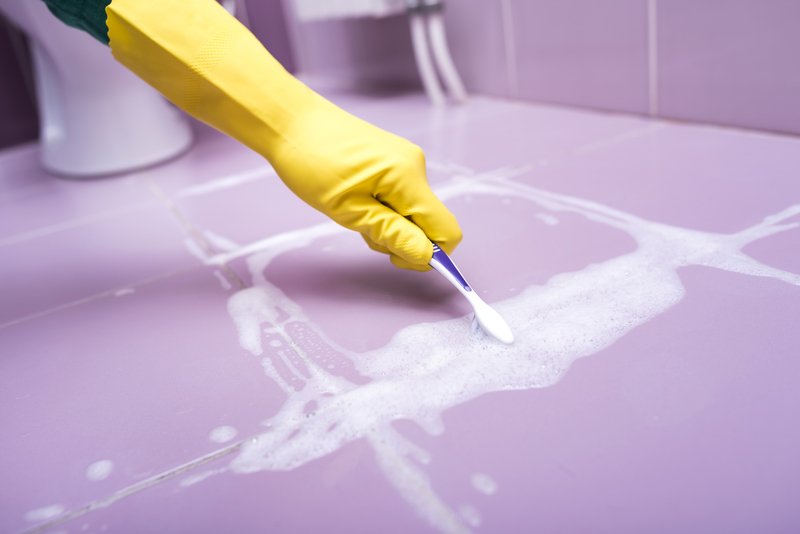Introduction to Linoleum Flooring
Linoleum flooring has been a popular choice for homeowners for several decades due to its durability, affordability, and eco-friendliness. Made from natural materials such as linseed oil, wood flour, and cork dust, linoleum is a versatile flooring option available in a wide variety of colors and patterns. However, maintaining its aesthetic appeal and structural integrity requires proper care and maintenance. This article outlines essential linoleum flooring care instructions to help you keep your floors looking pristine for years.

Daily Cleaning Routine
To maintain the appearance and longevity of your linoleum floor, it's crucial to establish a daily cleaning routine. Here are some steps to follow:
1. **Sweep or Vacuum Frequently**: Dust, dirt, and debris can act as abrasives, causing scratches and wear on the surface. Use a soft-bristled broom or a vacuum cleaner with a hard floor setting to remove loose dirt daily.
2. **Wipe Up Spills Immediately**: Linoleum is water-resistant but not waterproof. Wipe up spills as soon as they occur to prevent stains and water damage.
3. **Use a Damp Mop**: For regular cleaning, use a damp mop with water or a mild, pH-neutral cleaner. Avoid using excessive water, as standing water can damage the flooring.
Deep Cleaning and Stain Removal
Periodic deep cleaning is essential for linoleum flooring to maintain its luster and prevent buildup. Here's how to go about it:
1. **Prepare the Cleaning Solution**: Mix a mild, pH-neutral cleaner with warm water. Avoid harsh chemicals such as ammonia or bleach, as they can degrade the material.
2. **Mop the Floor**: Using a damp mop, apply the cleaning solution evenly across the floor. Focus on small sections at a time to ensure an even clean.
3. **Rinse and Dry**: Once the entire floor is cleaned, rinse with clean water and a damp mop to remove any residue. Dry the surface thoroughly with a clean towel to prevent water spots.
For tougher stains:
1. **Spot Clean**: Use a soft cloth dipped in a mild detergent solution to scrub the stain gently.
2. **Rinse and Dry**: Rinse the area with clean water and dry immediately.
Protecting Your Linoleum Floor
While linoleum is robust, it requires additional protection to prevent damage. Here are some tips:
1. **Use Felt Pads**: Place felt pads under furniture legs to prevent scratches.
2. **Avoid High Heels**: High-heeled shoes can cause dents and punctures.
3. **Use Rugs and Mats**: Place rugs and mats at entryways to catch dirt and moisture. Ensure these rugs have a non-slip backing to prevent accidents.
Periodic Maintenance
Periodic maintenance is essential to keep your linoleum floor in top condition.
1. **Reapply Sealant**: Depending on the level of foot traffic, consider resealing your linoleum flooring every 3-5 years. A sealant provides an extra layer of protection against stains and scratches.
2. **Buff the Surface**: Buffing can restore the floor's shine. Use a low-speed buffer with a soft pad and a manufacturer-recommended buffing solution.
Pros and Cons of Linoleum Flooring
**Pros:**
1. **Eco-Friendly**: Made from natural, renewable materials.
2. **Durable**: Long-lasting with proper care.
3. **Versatile**: Available in various colors and patterns.
4. **Comfortable**: Warm underfoot and slightly cushioned.
5. **Affordable**: Cost-effective compared to other flooring types.
**Cons:**
1. **Sensitive to Water**: Prolonged exposure to water can damage the floors.
2. **Requires Regular Maintenance**: Needs periodic sealing and polishing.
3. **Can Dent and Scratch**: Not as hard as some other flooring materials.
Tips for Maintaining Linoleum Flooring
1. **Avoid Excessive Water**: Always use a damp mop, not a wet one.
2. **Use Door Mats**: Place door mats at entrances to reduce dirt tracked indoors.
3. **Protect from Direct Sunlight**: Prolonged exposure to sunlight can cause fading. Use curtains or blinds to minimize exposure.
4. **Regularly Rearrange Furniture**: Periodically moving furniture can prevent wear patterns.

Takeaways
1. Establish a daily cleaning routine involving sweeping or vacuuming and damp mopping.
2. Conduct periodic deep cleaning with mild, pH-neutral cleaners.
3. Protect your linoleum floor with felt pads, rugs, and careful furniture handling.
4. Consider periodic sealing and buffing for long-term maintenance.
5. Weigh the pros and cons before opting for linoleum flooring.
Conclusion
Linoleum flooring is a durable, eco-friendly option that requires regular care and maintenance to retain its beauty and functionality. By following the care instructions outlined in this article, you can ensure that your linoleum floors remain in excellent condition for years to come. Whether you are considering linoleum flooring or already have it installed, proper care will maximize your investment and keep your home looking its best.



